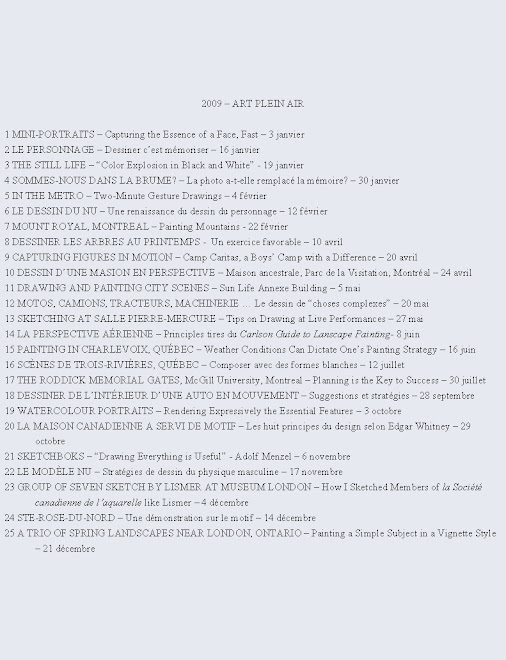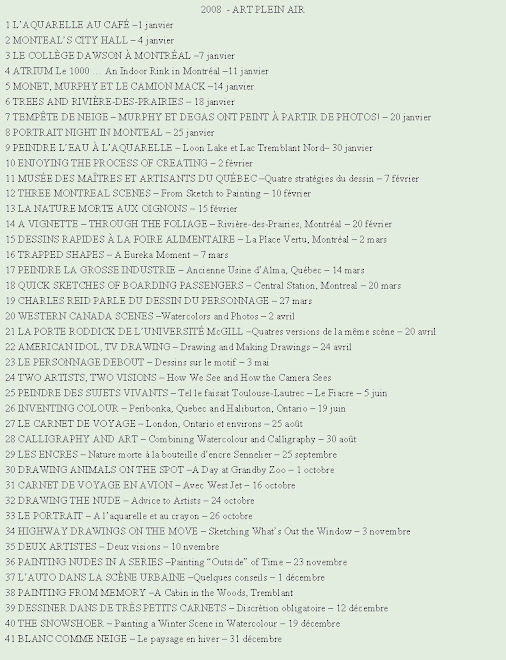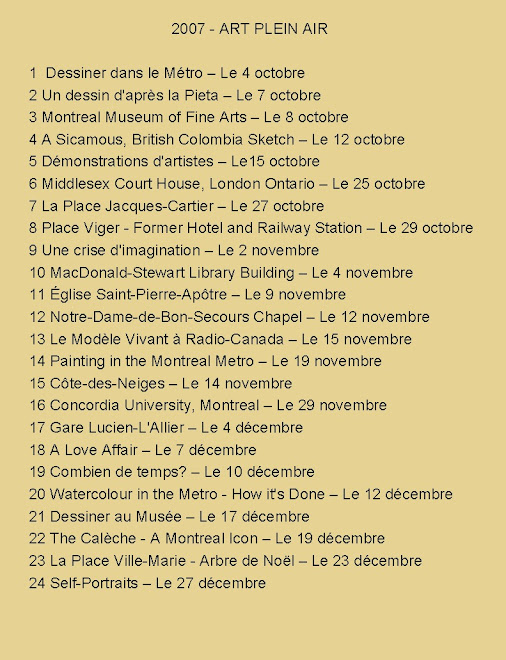The drawings of the nude illustrated in this article were all drawn on paper in a diagrammatic manner. A diagram according to the Oxford Dictionary of English is a simplified drawing showing the appearance, structure, or workings of something. John Berger* in an essay written in 1987 titled “Drawing on paper” says: “Paintings … try to seduce the visible, to solicit the scene painted. Drawings cannot do this. The virtue of drawings derives from the fact that they are diagrammatic. Drawings are only notes on paper. The secret is the paper…”
Part of my intention, therefore, while drawing the model in this schematic way was to make it easier for you to see in “note form” the way I construct the drawing of the human figure. I also attempted to make visible my mental process while penciling the forms, shapes and lines. I did this by deliberately drawing guide lines, extended lines and dots in order for you to “see” as much as possible my sketching process.
This is my advice to artists in drawing a nude:
1. Get into the habit of placing dots from where your pencil will go to where it will end. Then, join the dots.
 2. See and draw grid lines, vertically, horizontally and diagonally as you draw. These will help you relate one area to another.
2. See and draw grid lines, vertically, horizontally and diagonally as you draw. These will help you relate one area to another.
3. If you see a “trapped shape” such as the triangular shape formed when the hand is on the hip, draw it.

4. A properly lit figure is much easier to draw. Placing a strong directional lamp to light the model will help you to compare and draw shapes correctly.
 5. If a nude is properly lit from left to right or vice versa and slightly from above you will be able to see and then reproduce the modeling or “shadow shapes” within the figure.
5. If a nude is properly lit from left to right or vice versa and slightly from above you will be able to see and then reproduce the modeling or “shadow shapes” within the figure.
“The ability to measure and the ability to see negative space are the greatest assets in drawing” says the dean of figurative art in the San Francisco Bay area (The Undressed Art – Why we Draw by Peter Steinhart).
*Selected Essays by John Berger edited by Geoff Dyer
Technical note: Cretacolor Nero pencils were used to render the model on 140 gr. Acid-free paper. These supplies can be found at Art Tec in Montreal and other Fine Art supplies stores elsewhere.
Raynald Murphy sca









Aucun commentaire:
Enregistrer un commentaire